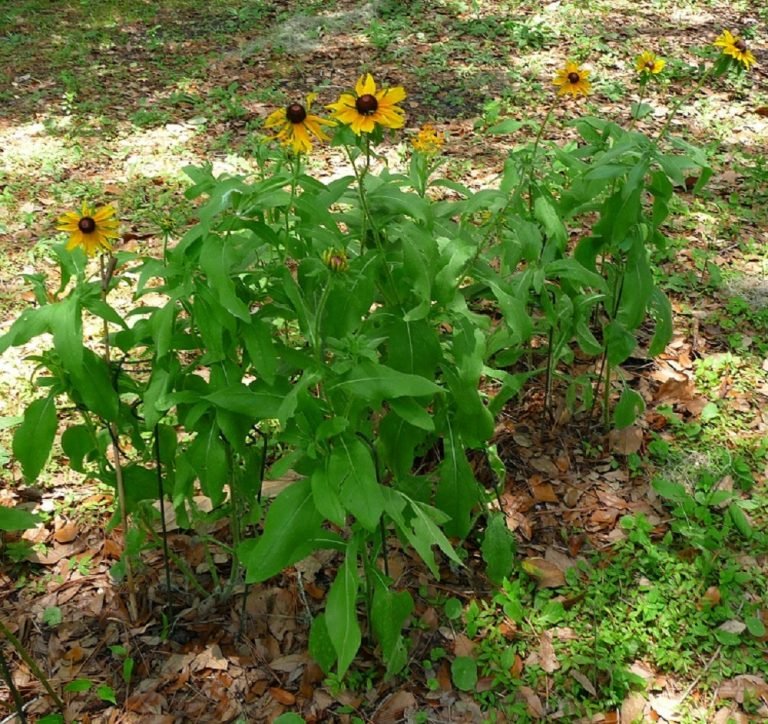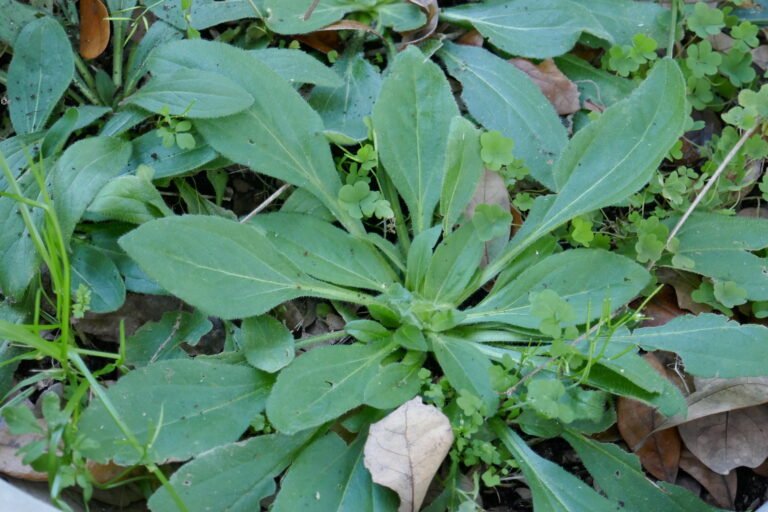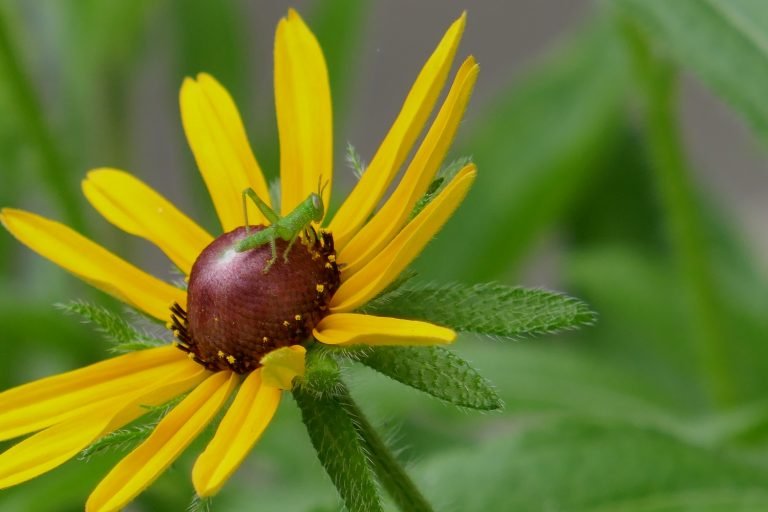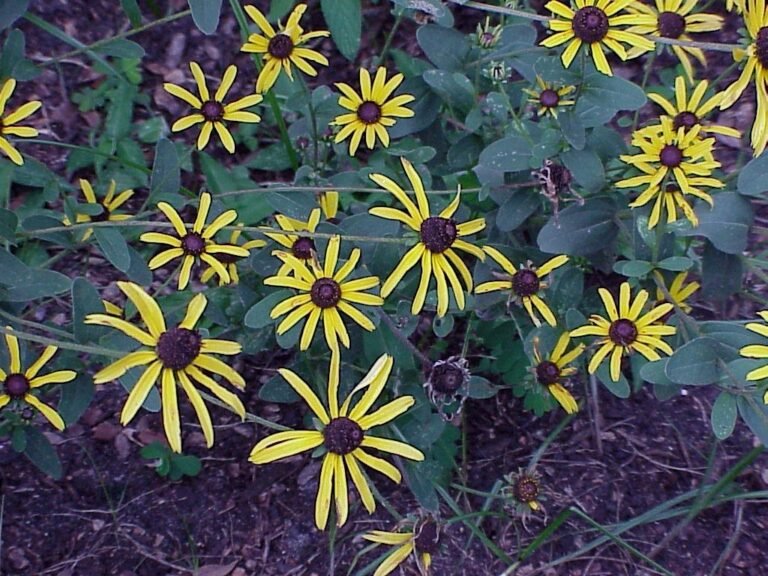Rudbeckia hirta
(Blackeyed Susan)

Common Names, Latin Name and Family
Some of its common names include black-eyed Susan, gloriosa daisy, brown-eyed Susan, and yellow daisy.
Its Latin name is Rudbeckia hirta.
It is found in the Asteraceae, or aster, family.
Form
A native, annual to short lived biennial, wildflower that grows to about 3 feet in height.
Leaves
Blackeyed susan leaves are alternate, with a hairy, rough, surface.
Some leaves may be toothed and others not.
Lower leaves are elliptic to oblanceolate in shape.

Flowers
The yellow flowers appear in the summer and fall.

Fruit / Seeds
The seeds are dark gray black when ripe. They usually mature 3-4 weeks after the plant blooms. Once the seeds mature the seed heads loosen up and can be cut off the plant and turned upside down to empty the seeds. Roll the seed head between your fingers to loosen any remaining seeds.
Habitat
Sandhills, flatwoods, pinelands, disturbed sites, roadsides, and meadows.
Native Range
In Florida blackeyed susan can be found naturally occurring in just about every county.
It is native to the following states: AL, AR, CA, CO, CT, DC, DE, FL, GA, IA, ID, IL, IN, KS, KY, LA, MA, MD, ME, MI, MN, MO, MS, NC, ND, NE, NH, NJ, NM, NY, OH, OK, OR, PA, RI, SC, SD, TN, TX, UT, VA, VT, WA, WI, WV, and WY.
It grows in zones 3a to 10a.
Landscape Use
In the home landscape it is grown in full sun with average to moist soils.
It can be planted as specimens or mixed in with other wildflowers. It is a nice wildflower for container gardening as well.

Wildlife Use
Bees and butterflies use the flowers as a nectar source.
Songbirds eat the seeds.
Propagation
Blackeyed susan can be propagated by seeds, transplanting seedling volunteers and dividing large plants.
My sister has a nice trick for propagating the seeds. She grows them in containers and when they start to produce seeds she moves the pot around to different areas of her flowers beds and lets the seeds fall out on their own. She says it works great for most container plants.
Many times you may find seedlings in clumps so you can divide them into individual plants. Also if you are potting up a larger plant you can use a serrated knife and cut the plant into sections and make new plants.
